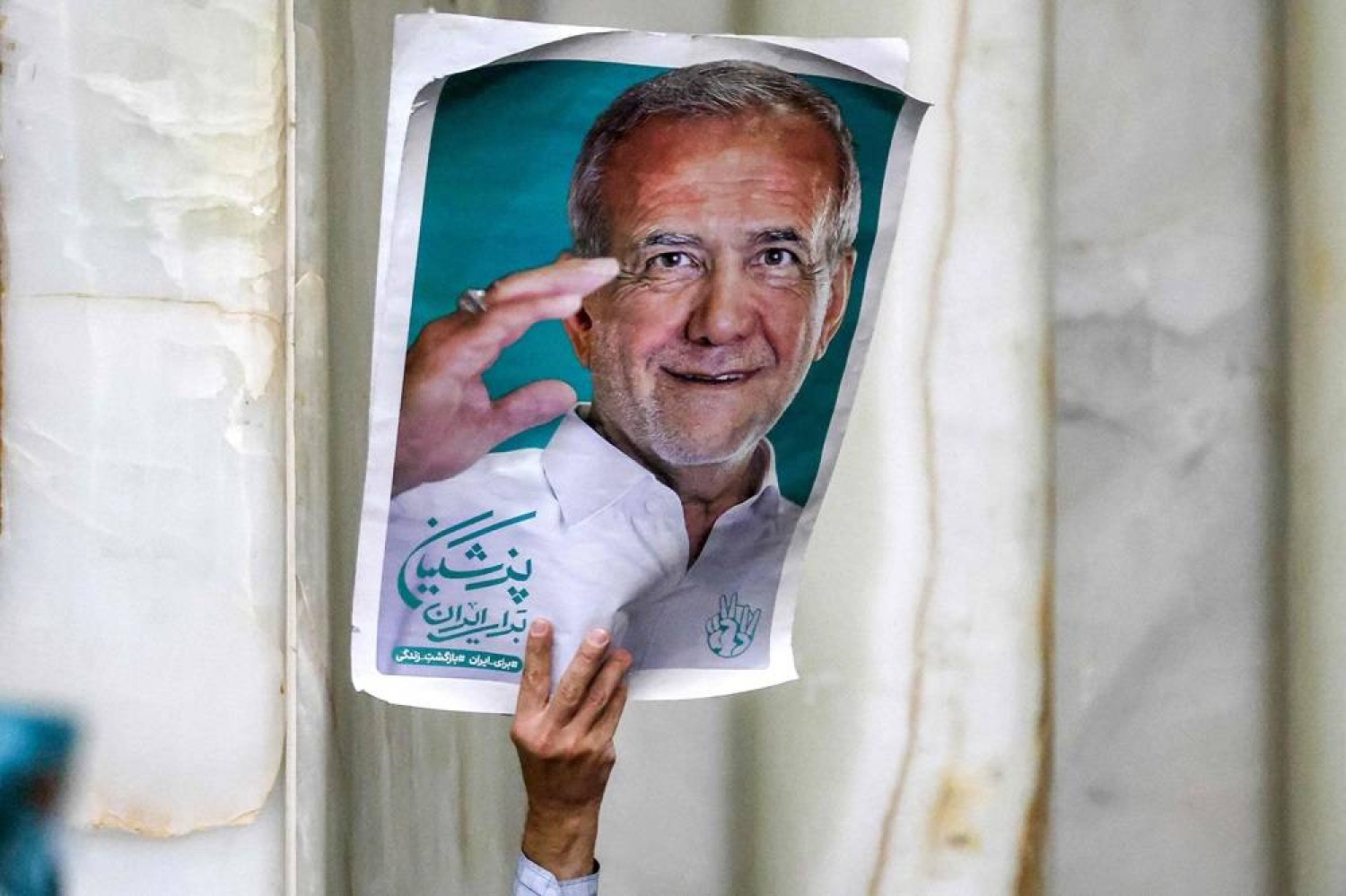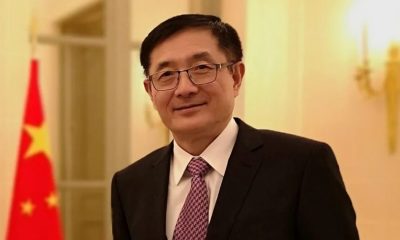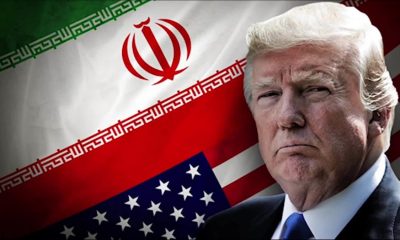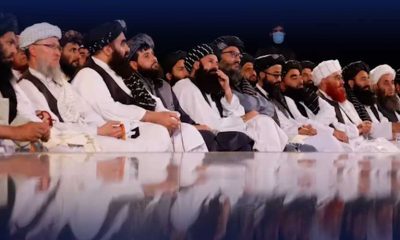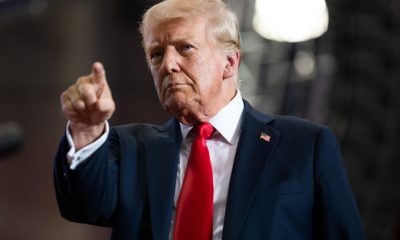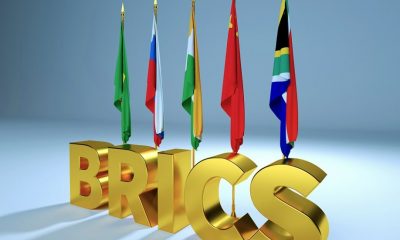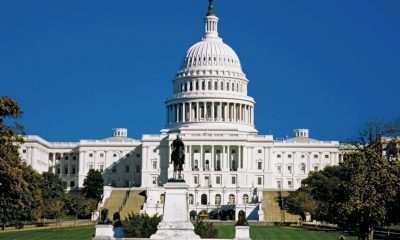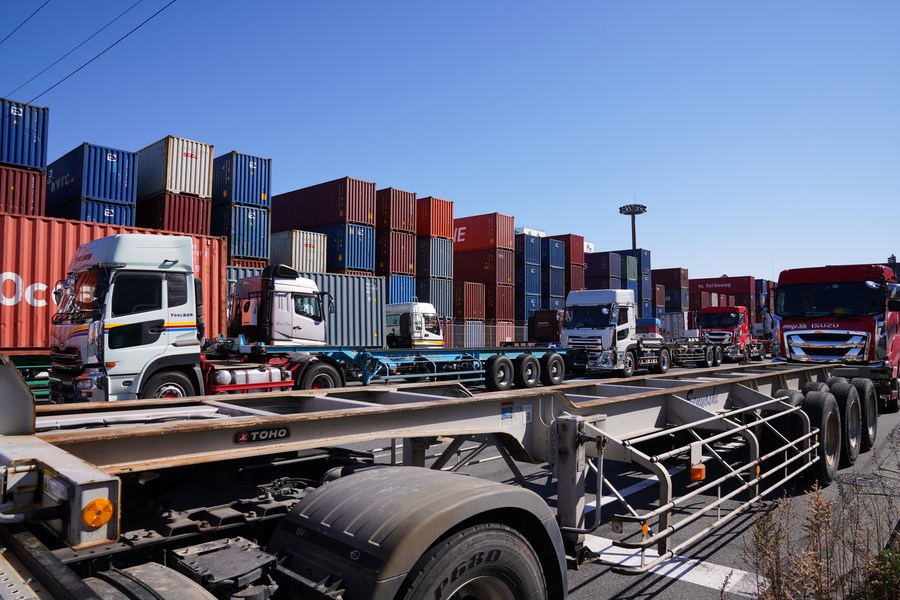In the past few days, important political events happened in Washington, Tehran, London and Paris. In current world situations, elections are not only an internal issue of a country because the results of these elections would definitely affect the future of economies, policies, and military arrangements in a larger point of view.
When it was announced that Masoud Pezeshkian, the reformist president-elect of Iran, had won the presidential election, many people in different countries rushed to find his background because it was felt necessary to know about him. He is the first Iranian president who has no bear and he is very much interested in bringing reforms and to mend ties with the world community.
He is the first one who has not reached the presidency of Iran through a religious institution, although many former presidents of Iran, such as Khamenei, Khatami, Rouhani, and Raisi, have risen from that address and position.
Also, Pezeshkian did not have a position in Iran’s military and security institutions. But it doesn’t mean he doesn’t support the military institutions. He and his colleagues in the Iranian parliament, when some countries called the IRGC a terrorist organization, they put on IRGC uniforms to protest this decision and to show support to the IRGC.
Pezeshkian was born in the city of Mahabad. This city is the place that once witnessed the establishment of the Kurdish government, a government whose candle was extinguished soon.
Pezeshkian’s father is Azari and his mother is Kurdish. Many people believe that this gives him the power to understand the situation and demands of the minorities in Iran. He studied medicine and specialized in heart surgery. During the era of Mohammad Khatami, he was the Minister of Health and represented the people of Tabriz in the parliament for five terms.
The general perception was that Iran’s religious leader prefers to be a conservative and radical person like Saeed Jalili, the president of Iran. It was predicted that with Jalili’s victory, Iran’s policies will become more radical, at the same time that it seems that the presidency of the United States will go to the person who ordered the killing of Qassem Soleimani; Donald Trump. However, this did not happen. Accurate reading of Iran’s policies is not an easy task, and it probably requires patience similar to the patience of those who weave the Iranian carpet.
Why did the leader of Iran allow Pezeshkian to take part in the presidential elections and finally win?
In 2021, the Guardian Council, which has the duty to consider the worthiness of the people who participate in the presidential elections, did not allow Pezeshkian to enter the presidential race.
Last February, the Guardian Council did not allow Pezeshkian to participate in the parliamentary elections, because in the opinion of this council, he did not adhere to the “principles of the revolution”.
This judgment comes from the fact that he had spoken against the opinion of the regime about popular protests. Despite this, he was able to participate in the elections with Khamenei’s intervention. The truth is that the Pezeshkian criticized the severity of the protests, especially the way the religious police dealt with Mehsa Amini, which caused her death, but at the same time, the Pezeshkian believed that the protests were harming the country.

Masoud Pezeshkian, a veteran reformist lawmaker elected as a new president of of Iran after he defeated conservative rival Saeed Jalili in a presidential runoff election.
The image presented by Pezeshkian in the past years shows him as a “conservative with reformist tendencies”.
He does not have the ability to give a passionate speech to stimulate the feelings of the masses and marginalized people, a skill that Ahmadinejad could handle well. He is a moderate person. He is a doctor who believes in science and chooses his words carefully.
Pezeshkian willing to remove sanctions and work to improve the economy
At the same time, he is a realist and aware of the system and also aware of the underbelly of power balances and knows who makes the big decisions.
He tries to open the windows to its residents under the roof that he has built. Pezeshkian has talked about the benefits of negotiating with the West so that part of the painful sanctions can be removed. Sanctions that, in his words, have made the lives of many Iranians “miserable”.
Khamenei knew very well that the participation of Pezeshkhian in election contests would force Khatami, Mehdi Karroubi, Hassan Khomeini (grandson of the founder of the Islamic Republic of Iran) and Ali Akbar Natiq Nouri to support him.
Analyzes regarding Pezeshkhian reaching the presidency have been made from many angles, although everyone agrees that the major and final decision on domestic and foreign issues depends on Khamenei’s office.
Some believe that maybe the leader of Iran has come to the conclusion that the achievement of a radical person like Saeed Jalili to the presidency will increase Iran’s tension with the outside world. A tension that has been growing on a daily basis. The Iranian leader is willing to reduce the level of anxiety especially at the time when there is a common belief in the West that Iran is very close to the stage of producing nuclear weapons.
In this situation, Iran needs some de-escalation both with foreign parties and with the masses of people inside Iran, especially considering that if Trump wins the US presidential election, Iran needs to deal with a storm of events that will affect international relations. The effect will be to interact more quickly.
Also, Iran currently needs an opportunity to strengthen and digest the successes achieved by Soleimani’s advances in some regional plans.
Perhaps, the leader of Iran accepts the point that the ruling system in Iran has been more successful abroad than inside this country. But, when we look at the high statistics of poverty and unemployment and lack of development in this country, this claim seems irrational.
In addition, Iran is involved in the Gaza war and other wars in the Middle East, and the management of this complex scene requires the creation of peace inside the country.
A number of analysts are of the opinion that Khamenei preferred a non-religious person to become president so that he could not participate in the competition for the seat of the future religious leader or influence it, although this would also help to revive the role of the reformists and restore their image.
The world was full of events last week, but political atmosphere in US was interesting and painful
The world was full of events last week, but it was easier to understand other events than what happened in Iran.
The UN ended 14 years of Conservative rule. Rishi Sunak left power, and Keir Starmer, the leader of the Labor Party came to power on stage. British institutions have proven that they can function without falling apart.
Instead, the French election showed the depth of divisions in French politics and warned of tense years ahead.
These days, the scenes that were shown in the US political atmosphere were interesting and at the same time painful. Joe Biden is trying to shoulder the heavy burden of being eighty years old. He uses his memory beyond his capacity and shows disregard for the advice given to him that he should withdraw from the electoral competition due to his old age.
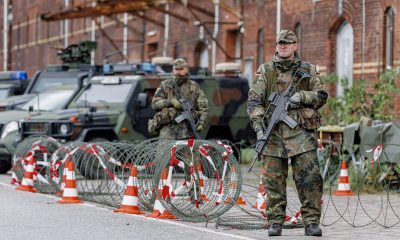
 EUROPE3 days ago
EUROPE3 days ago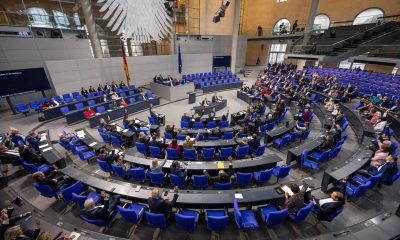
 EUROPE2 weeks ago
EUROPE2 weeks ago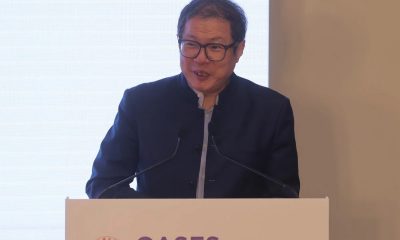
 ASIA2 weeks ago
ASIA2 weeks ago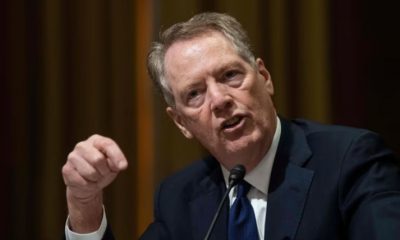
 AMERICA2 weeks ago
AMERICA2 weeks ago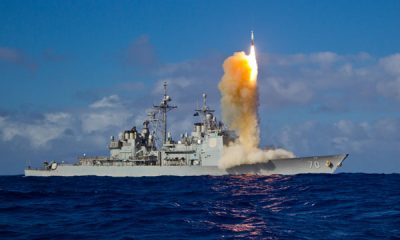
 ASIA2 weeks ago
ASIA2 weeks ago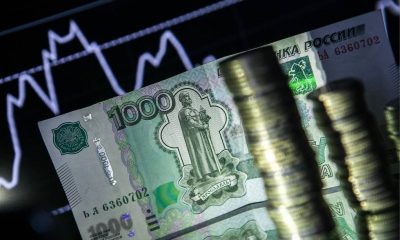
 RUSSIA2 weeks ago
RUSSIA2 weeks ago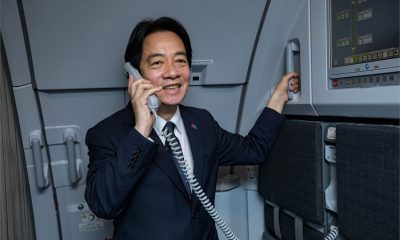
 ASIA2 weeks ago
ASIA2 weeks ago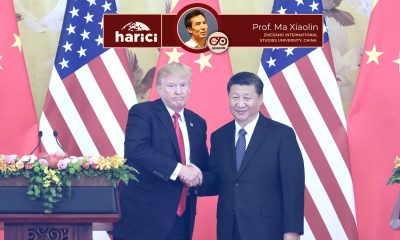
 OPINION2 weeks ago
OPINION2 weeks ago
